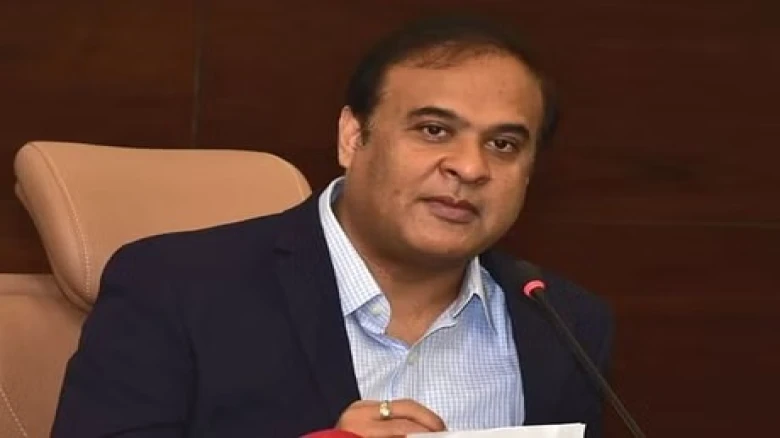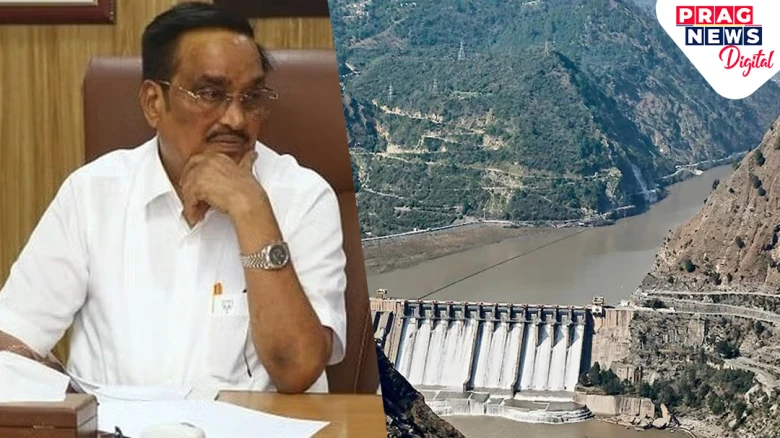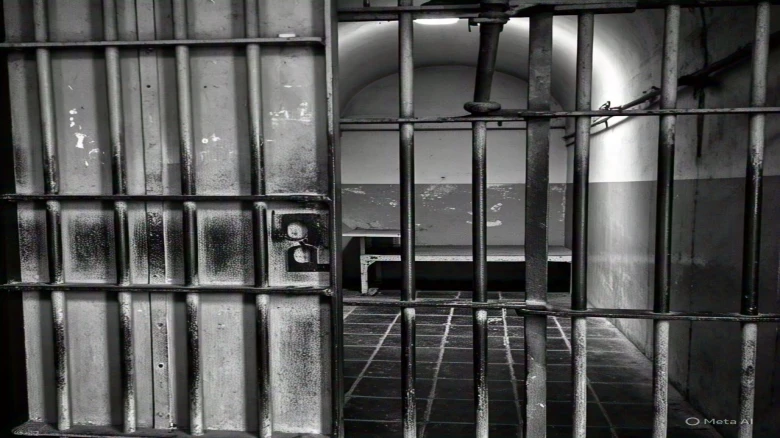The state cabinet has decided that the newly formed district of Biswanath will be once again merged with its erstwhile Sonitpur district. Similarly, Hojai would be merged with Nagaon, Bojali with Barpeta, and Tamulpur with Baksa district.
Digital Desk: Many people had a difficult end to the year when the state administration, as part of administrative changes, decided to temporarily reduce the number of districts in the state and merge four newly formed districts with their former corresponding districts on Saturday.
The state cabinet has decided that the newly formed district of Biswanath will be once again merged with its erstwhile Sonitpur district. Similarly, Hojai would be merged with Nagaon, Bojali with Barpeta, and Tamulpur with Baksa district.
As a result, the state's total number of administrative districts was reduced to 31.
While announcing the news to the media in New Delhi, the chief minister, Himanta Biswa Sarma, said that the decision had been made with the approaching delimitation process as well as several other considerations.
As of January 1, 2023, the state cabinet resolved to unite the four districts because the Election Commission of India (ECI) had forbidden the state government from changing or establishing any new administrative entities. I regret having to make this choice, but it is necessary for the good of the state. It will only be a temporary choice, so I ask the residents of these places to cooperate for the time being.
Sarma requested on Friday that all state ministers travel to New Delhi to attend an urgent cabinet meeting.
"However, all office work will be completed by how the police districts in these locations already operate. The government staff that was hired there will also keep working.
This is a transitional period, and the district's deputy commissioners will be moved by the first week of January," he added.
Although the CM just stated that the decision was made for the good of the state, he did not give any additional information.
The election commission of India (ECI) earlier decided to begin the delimitation exercise of Assembly and Parliamentary constituencies in the state of Assam following Section 8A of the Representation of the People Act, 1950, in response to a request received from the ministry of law and justice.
Nearly 50 years later, the state's Assembly and Parliamentary constituencies will be determined. The then-Delimitation Commission did the last round of constituency delineation in the state of Assam in 1976 using census data from the year 1971.
The 2001 census results must be used to alter the state's parliamentary and assembly constituencies, as required by Article 170 of the Constitution.
According to Articles 330 and 332 of the Indian Constitution, seats would be reserved for the scheduled castes (SC) and scheduled tribes (ST).
To define the constituencies, the commission will create and then finalise its own set of rules and procedures. The ECI shall keep in mind the physical characteristics, current administrative unit boundaries, communication facilities, and public convenience during the delimitation process. To the extent possible, the constituencies will be retained as physically compact areas.








Leave A Comment